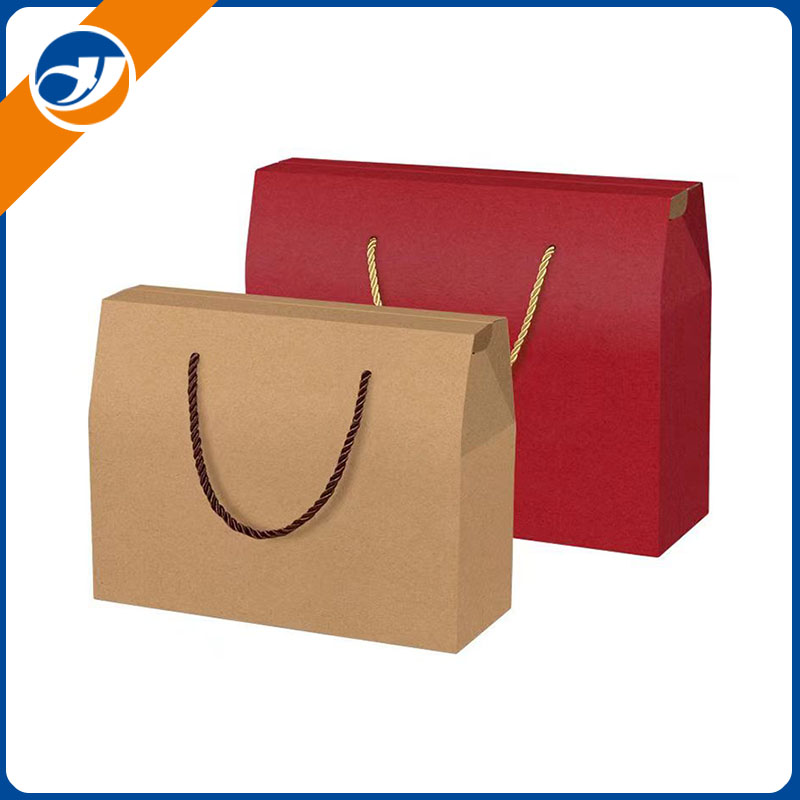
- English
- Español
- Português
- русский
- Français
- 日本語
- Deutsch
- tiếng Việt
- Italiano
- Nederlands
- ภาษาไทย
- Polski
- 한국어
- Svenska
- magyar
- Malay
- বাংলা ভাষার
- Dansk
- Suomi
- हिन्दी
- Pilipino
- Türkçe
- Gaeilge
- العربية
- Indonesia
- Norsk
- تمل
- český
- ελληνικά
- український
- Javanese
- فارسی
- தமிழ்
- తెలుగు
- नेपाली
- Burmese
- български
- ລາວ
- Latine
- Қазақша
- Euskal
- Azərbaycan
- Slovenský jazyk
- Македонски
- Lietuvos
- Eesti Keel
- Română
- Slovenski
- मराठी
- Srpski језик
What are some common mistakes to avoid when designing and printing color food cartons?
2024-10-10

What are the common mistakes to avoid when designing and printing color food cartons?
When designing and printing color food cartons, there are several common mistakes that one needs to avoid. Here are some of them:
Mistake 1: Ignoring the importance of color accuracy
Color accuracy is of utmost importance when it comes to designing and printing food cartons. A slight variation in color can change the appearance and perceived quality of the product. Therefore, it is essential to use a calibrated monitor, color-managed software, and high-quality inks to ensure that the final print matches the intended color accurately.
Mistake 2: Incorrect dimensions and bleed
Another common mistake is incorrect dimensions and bleed. Designers often forget to consider the proper dimensions of the carton, resulting in the design not fitting the entire surface area of the carton. Bleed is also a crucial aspect that is ignored. It is the area beyond the design that is trimmed off during the final cutting process. Neglecting the bleed area can result in white lines appearing on the edges of the carton.
Mistake 3: Poor image resolution and quality
Using low-quality images can also lead to the final design looking blurry and faded. It is essential to use high-resolution images that are suitable for printing. The images should also be of good quality, and not pixelated or blurry.
Mistake 4: Overlooking the text placement
Text placement is another aspect that is often overlooked. The text should be placed in such a way that it is visible and readable. It should not be too close to the edges, and the font size should be appropriate.
Mistake 5: Choosing the wrong material
The wrong choice of material can lead to the cartons not being durable enough to hold the contents securely. It is essential to choose the right material, such as corrugated cardboard, that can withstand rough handling and protect the food items inside.
Conclusion
Designing and printing color food cartons require attention to detail and precision. Ignoring the common mistakes mentioned above can lead to a subpar final product. Avoid these mistakes, and you can create attractive, durable, and safe food packaging that enhances the visual appeal of your product while keeping it fresh and secure for consumption.
For over a decade, Qingdao Zemeijia Packaging Products Co., Ltd. has been a leading manufacturer of high-quality packaging products for food items. We have a team of experienced designers and advanced printing technology to ensure that our color printed food cartons meet the highest standards of quality. Contact us at [email protected] to learn more about our products and services, and how we can cater to your specific packaging requirements.
Scientific Research Papers
1. M. A. Al-Ghouti, M. M. Al-Dabbas, and S. N. Al-Ghouti. (2019). Microbial status of fresh vegetable salads and fruits: A review. International Journal of Food Science, 2019.
2. J. H. Kim and S. Kim. (2019). Influence of Storage Temperature and Time on the Growth of Foodborne Pathogens on Fresh-Cut Produce. Food Science of Animal Resources, 2019.
3. G. M. A. Hazzam and A. A. Al-Ghazzawi. (2019). Microbiological Quality of Raw Vegetable Salads Commercially Served in Jeddah City. Bahri University Journal for Basic and Applied Sciences, 2019.
4. K. Tuncel and M. Candogan. (2018). Analyzing the packaging waste and recycling practices of food-processing companies: A case study in Istanbul. Journal of Cleaner Production, 2018.
5. C. Daniela, I. Elena, and V. Dan. (2017). Evaluation of printing inks for food packaging utilizing special screening techniques. Green Processing and Synthesis, 2017.
6. G. Ren, Y. Li, and X. Wang. (2016). Multipurpose Optimal Design of a Multilayer EVOH-based Film for Food Packaging Applications. Food and Bioprocess Technology, 2016.
7. Y. Kim, J. Kim, and W. Kim. (2015). Migration of Antimicrobial Agents from Packaging Materials into Food: a Review. Journal of Packaging Science and Technology, 2015.
8. F. Girotto, T. Alibardi, and G. Cavinato. (2014). Household Food Waste Behaviour: Avenues for Future Research. Journal of Cleaner Production, 2014.
9. B. Hasanjanzadeh, A. Sedaghat Doost, and B. Jafari. (2013). Application of active and intelligent packaging systems on quality and safety of meat and meat products: A review. Innovative Food Science & Emerging Technologies, 2013.
10. A. M. Salgado and A. K. Martins. (2012). Optimization of Eco-Efficient Food Packaging through LCA-Based Approaches. Sustainable Agriculture Reviews, 2012.



